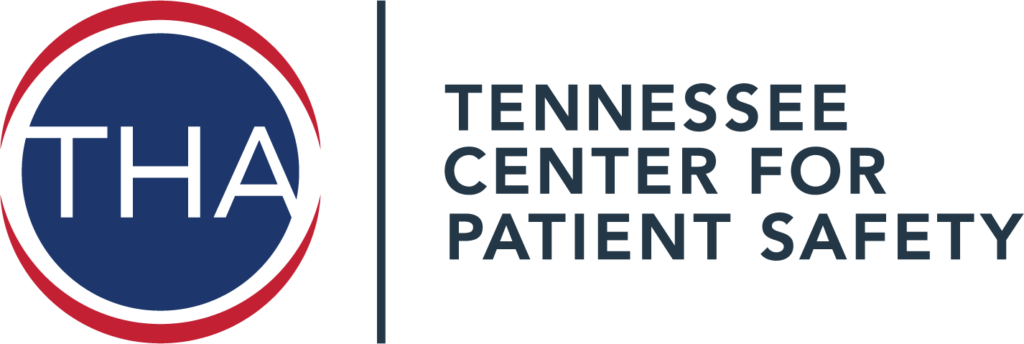Culture of Safety
Introduction:
Employees across the organization should be recognized for not only their technical expertise, but their ability to work effectively within a team (Frankel, Leonard & Denham, 2006). High reliability principles acknowledge human fallibility and the opportunity for error in complex systems and emphasize the importance of systems engineering, continuous organizational learning and front-line expertise (Weick & Sutcliffe, 2001). Surveys, such as the Hospital Survey on Patient Safety Culture, can be used to assess strengths and identify areas for improvement. Learn more about the impact of errors on clinicians and how a system’s approach can change safety culture.
An organization with a fair and just culture does not quickly assign blame for medical errors, but encourages employees to report unsafe conditions and adverse events and seeks to understand the underlying cause of variability (Sculli & Hemphill, 2013). James Reason’s Unsafe Acts Algorithm is often used to help determine accountability when an adverse event occurs, distinguishing between individual negligence and systemic failure. By setting organizational aims and wwweloping reporting systems and policies, leadership plays a crucial role in cultivating a culture of safety. However, culture is also local and can differ from unit to unit, which speaks to the need for initiatives such as the Comprehensive Unit-Based Safety Program and TeamSTEPPS.
AHRQ Culture Survey
AHRQ Hospital Survey on Patient Safety (HSOPS) - Overview
The Tennessee Center for Patient Safety offers the survey to all safety partners at NO COST. Our survey is easy to setup, easy to take, and the results are delivered quickly. Your results will be compared to the national AHRQ benchmark as well as to your prior survey results.
Patient safety is a critical area of focus for hospitals. Hospitals, along with the government, insurers, regulators and consumers, are holding themselves accountable to provide safe care and eliminate harm to patients. Healthcare organizations must develop a culture of safety such that the organization’s care processes and staff are focused on eliminating harm to patients and providing them safe care.
The Agency for Healthcare Research and Quality (AHRQ) has developed the Hospital Survey on Patient Safety (HSOPS) that helps hospitals and healthcare systems assess an organization’s culture of patient safety. The survey tool can be used to assess the safety culture of a hospital as a whole, or for specific units within the hospital, as well as to track changes in patient safety culture over time and evaluate the impact of patient safety interventions.
Joint Commission Requirements
The Joint Commission has issued Leadership Standards. The Leadership Standards are part of the accreditation manuals and are requirements for accreditation. An organization must comply with these standards to maintain accreditation. Regarding Standard LD.03.01.01 #1 “Leaders regularly evaluate the culture of safety and quality using valid and reliable tools.” Taking the survey through the Tennessee Center for Patient Safety on a regular basis will help you meet this standard.
If you have further questions about the AHRQ survey, please contact Jennifer McIntosh at 615-401-7421.
For more information about the AHRQ Hospital Survey on Patient Safety, visit the AHRQ website by clicking here.
The Culture Survey
Our survey features:
- No cost
- Quick turnaround for starting up
- Simplicity – saves time, money and effort
- Survey updates provided by TCPS throughout the survey process
- Robust survey analysis and reporting
- Reports delivered quickly upon survey completion
- Compare your results vs. AHRQ national benchmarks
- Report lets you dissect the data how you want
- Easy to setup, take and administer
Request to Administer the AHRQ Hospital Survey on Patient Safety
Click here to send a request to TCPS to administer the AHRQ survey at your facility.
If you have further questions about the AHRQ survey, please contact Jennifer McIntosh at 615-401-7421.
For more information about the AHRQ Hospital Survey on Patient Safety, visit the AHRQ website by clicking here.
Follow these simple steps to achieve a successful culture survey:
- Identify units/departments
- Establish start/end dates to administer the survey.
- Request to administer the survey through the Tennessee Center for Patient Safety by emailing Jennifer McIntosh at 615-401-7421.
- Embed URL/link to your hospital intranet/extranet for employee availability.
- You should set a goal of at least a 60% response rate. According to AHRQ, a 60% response rate should be obtained in order for your results to be valid.
- Promote the survey prior to the survey start date; involve senior leadership.
- Monitor participation through emails from the Tennessee Center for Patient Safety. Target areas with lower participation and work with those area managers to encourage completion of the survey with their staff.
- Send out communication throughout the survey to encourage participation. Consider incentives via competition or rewards.
- Review your results worksheet provided by the Tennessee Center for Patient Safety.
- Compare to National benchmarks.
- Compare year to year (if applicable to your organization).
- Filter and review by work area.
- Present results to staff and management.
- Empower staff to identify possible interventions to weaknesses (areas for improvement) and complete the action planning tool.
- Track, record and share improvement efforts.

